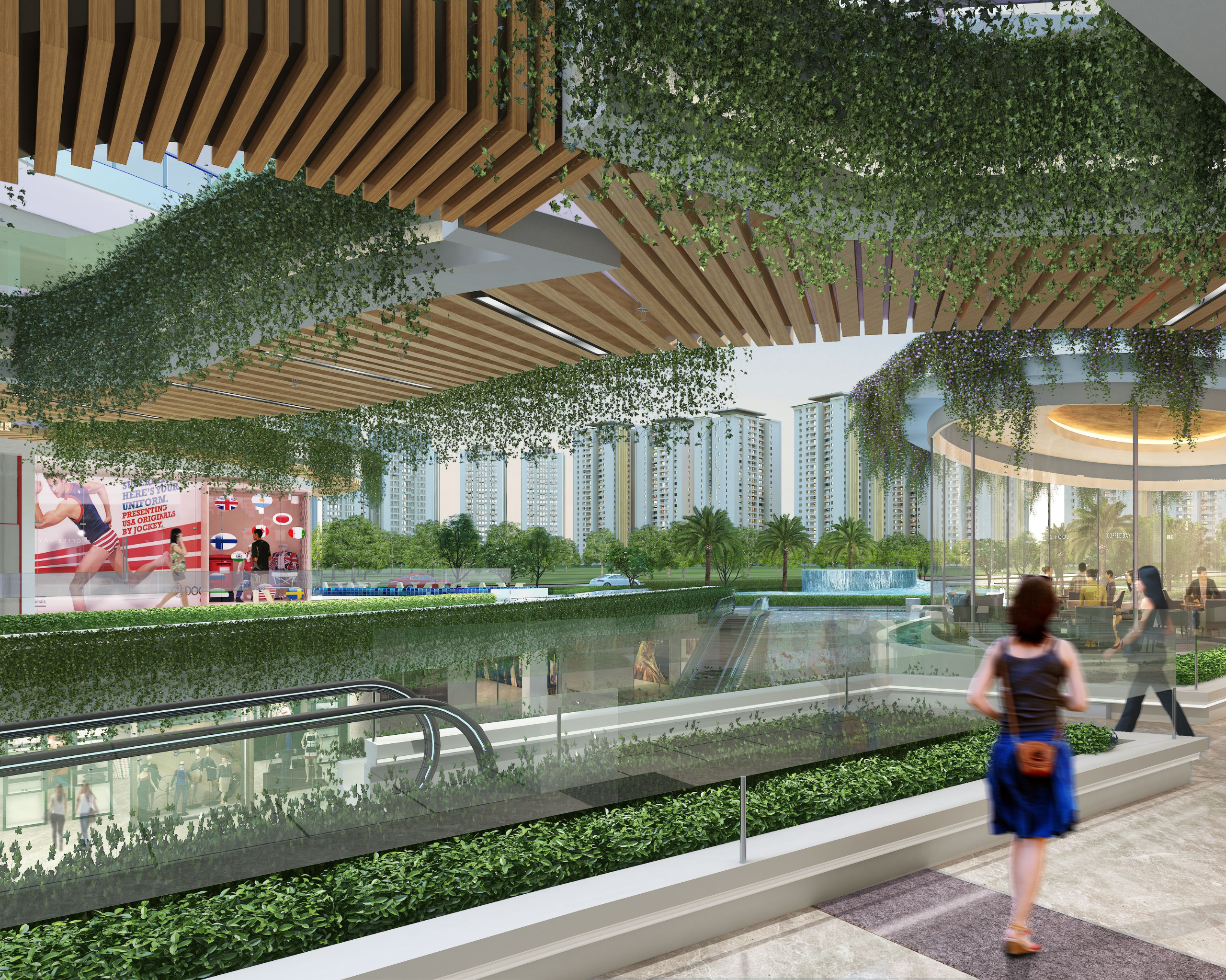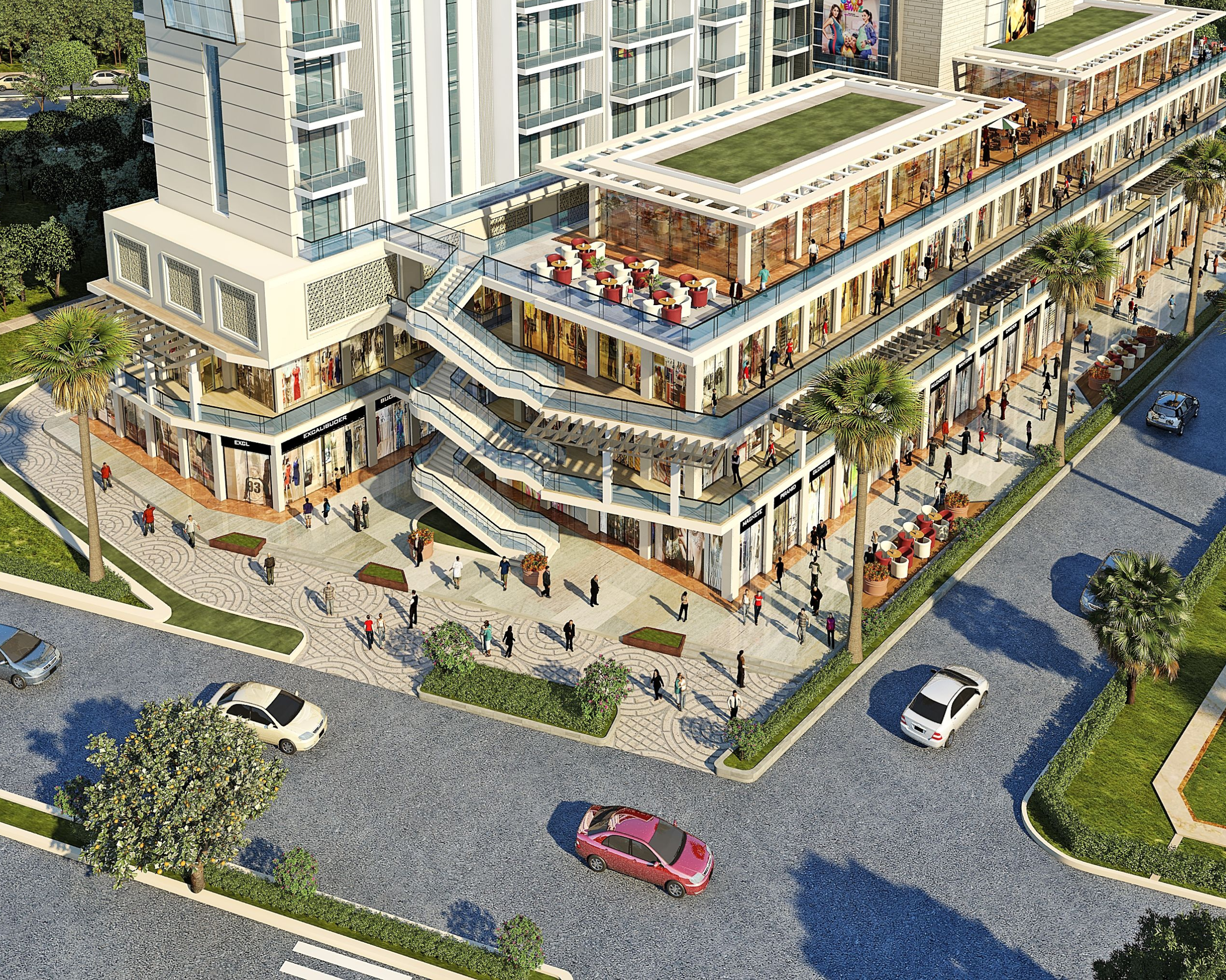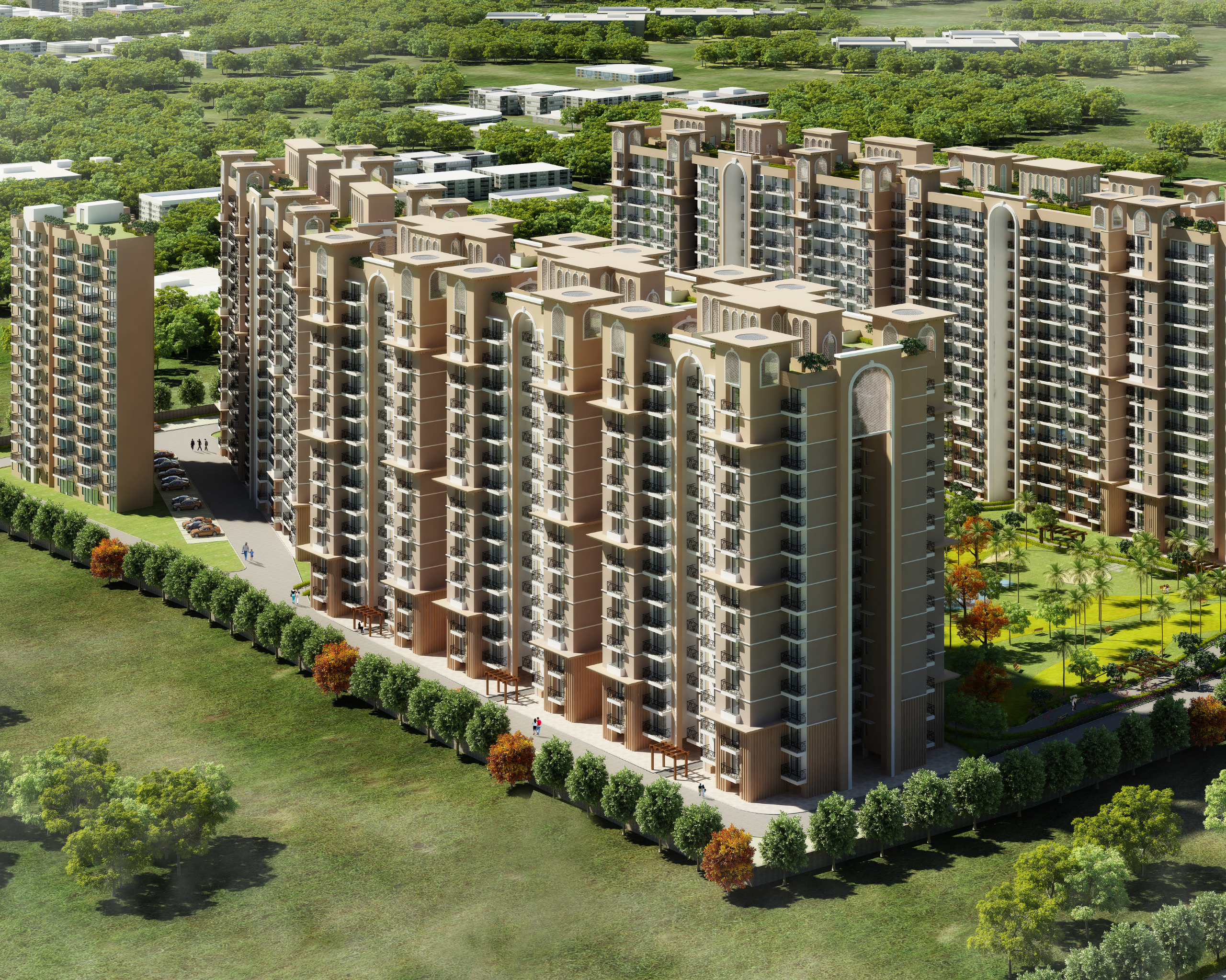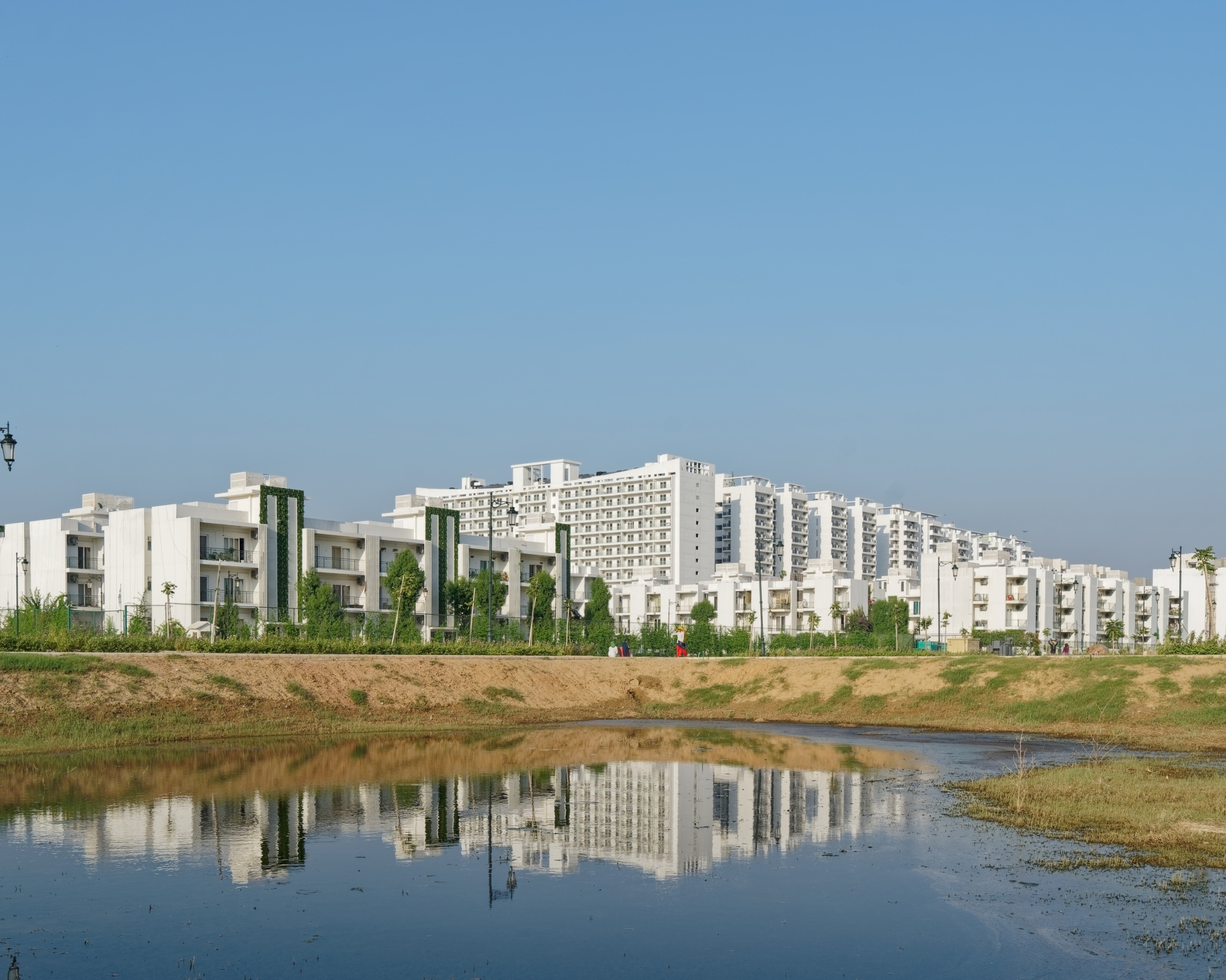Biophilia in Architecture: Merging Natural Elements with Built Spaces

As cities expand and skylines rise, the relationship between nature and the built environment is being redefined. The shift from concrete-dominated urbanity to more integrated, nature-infused spaces has become necessary. Architects and urban planners are increasingly embracing designs that blur the boundaries between built and natural environments, fostering resilient and regenerative spaces.
Historically, architecture and nature were inseparable. While ancient cities thrived around water bodies, courtyards, and green sanctuaries, modern urbanisation has disrupted this equilibrium, leading to environmental strain, heat islands, and biodiversity loss.
Today, as climate resilience and urban well-being take priority, design must move beyond compartmentalisation—seamlessly integrating natural systems to enhance air quality, regulate heat, and foster self-sustaining ecosystems. This is not about adding greenery but creating spaces that adapt, breathe, and evolve with their surroundings.
Achieving this integration starts with a more responsive approach to spatial planning. Instead of imposing rigid structures, architecture can work with natural contours, allowing topography to shape the built form. Thoughtful zoning can embed green buffers and shaded corridors as inherent design elements, ensuring that movement through spaces feels intuitive and connected to nature. Courtyards become active social hubs, semi-open thresholds extend interiors outward, and shaded walkways create fluid transitions between shelter and open space.
Materiality plays a crucial role in this dialogue. Beyond sustainability, materials should interact with their environment—perforated stone facades for passive cooling, lime plaster walls that breathe, and clay bricks that age gracefully. A layered approach to shading, using trellises, deep overhangs, and recessed openings, ensures that buildings regulate light and wind rather than resist them.
Urban spaces must move beyond conventional greening. Instead of fragmented landscaping, ecological layers must be woven into the urban fabric—bioswales that guide rainwater, shaded streets that regulate microclimates, and stepped terraces that extend nature vertically. This is not about ornamentation but about embedding resilience at every scale.
Merging natural elements with built spaces is not about addition but integration. It calls for architecture that is fluid, adaptive, and deeply rooted in its context. By designing with nature rather than around it, we create environments that are not only sustainable but inherently alive.




